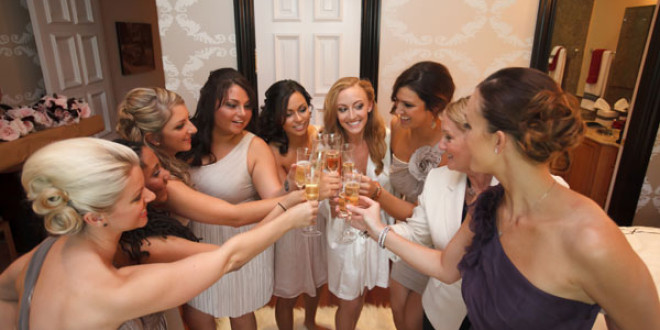[ad_1]
The demand for high quality, stylish vintage clothing is increasing and shows no sign of stopping anytime soon.
After many years of collecting vintage clothing for myself and also purchasing inventory for my vintage fashion business, I’m very aware of how the supply is steadily dwindling. This has resulted in increased prices, especially for vintage designer clothing and period garments in the best wearable condition. So, if you’re new to collecting vintage fashions, I’ve put together my top ten tips to help you spend your money wisely and become a more savvy vintage shopper.
1. TAKE YOUR MEASUREMENTS The first thing you should do before your next shopping trip is to get yourself a tape measure and take your own measurements. This is especially helpful if you’re planning to purchase vintage clothes online as the garment measurements are always included in the description of the item. Very often items are not returnable or there are restocking fees to send things back. By knowing your measurements, you’ll easily be able to compare them to the item you wish to purchase, thus ensuring proper fit. Also, keep a tape measure in your purse so you’ll have it handy to measure items you may find while out shopping that you can’t try on.
2. KNOW YOUR ERAS Read all you can about vintage fashion to help you identify the distinctive style characteristics of specific eras. Books on fashion history, vintage fashion magazines and catalogs and even internet searches will unearth a wealth of information.
3. KNOW YOUR BODY TYPE Determine which era has a style most enhancing to your specific body shape. That way you won’t be investing in vintage clothing that will sit unworn in your closet because it doesn’t flatter you.
4.FAMILIARIZE YOURSELF WITH COLLECTIBLE DESIGNER LABELS Though it happens infrequently, vintage dresses do get misrepresented by having designer labels sewn into them to extract a higher price. So it helps to familiarize yourself with collectible designers’ styles and their labels. The Vintage Fashion Guild has an online designer label resource that is a very helpful reference. Buying from a reputable dealer also ensures you’re getting what you paid for.
5. INSPECT CAREFULLY Mint condition vintage clothing, especially unworn stock, is very rare. So most collectors expect vintage garments to show some evidence of previous wear Many online sellers divulge all condition issues in the descriptions of their vintage clothes. So you know ahead of time what you’re getting. In a brick and mortar store, vintage clothing show or flea market you’ll need to get next to a good light source with your vintage apparel, as most items are sold as is. If you later discover a flaw you can’t live with , you probably won’t be able to return it.
6.CHECK FOR STAINS/FADING AND FABRIC DISCOLORATION Unless your vintage find is really inexpensive and you want to experiment with stain removal, don’t consider purchasing anything with noticeable stains, especially at the underarm areas. Most older stains are permanently set.
7. TAKE A WHIFF Smoke or perspiration odor usually won’t come out of vintage clothing unless it’s a washable fabric that can be soaked. Dry cleaning usually doesn’t remove these odors.
8. LOOK FOR TEARS AND HOLES Vintage wool sweaters and suits are prone to moth damage. A couple of inconspicuous mothbites are ok, but reweaving can be quite expensive. So you might want to pass up something with numerous moth holes. Vintage dresses can also have holes or tears. If they’re large enough that they’ll still be very noticeable even with expert repairs, then leave it on the rack . Seams that need a bit of restitching or tiny holes that get lost in the folds of a skirt are acceptable.
9. DETERMINING AUTHENTICITY With so much modern clothing that is inspired by vintage styles, you’ll want to be sure you’re about to purchase an authentic piece of vintage clothing. Experience is certainly the best teacher. But here’s a short list to start with. Details that may indicate a garment is over 40 years old are metal zippers, snap closures in the side of vintage dresses, all blue text on union labels, pinked seams and bias hem tape. Older clothing will not have a “Made in China” label. The most common country of origin label you’re apt to see in pre 1980 vintage apparel is Hong Kong, Italy , France or USA.
10. THE QUESTION OF CLEANING
No matter how much you love your latest vintage find, if it’s going to be a hassle to clean then you may not want to add it to your collection. Ask the seller/dealer how or if the piece of vintage clothing you’re interested in buying can be cleaned. Some vintage clothing requires special handling by a dry cleaner familiar with the care of vintage garments. There may not be one available in your area or it may be cost prohibitive for you. It’s best to check before you invest.
[ad_2]
Source by Theresa Campbell

